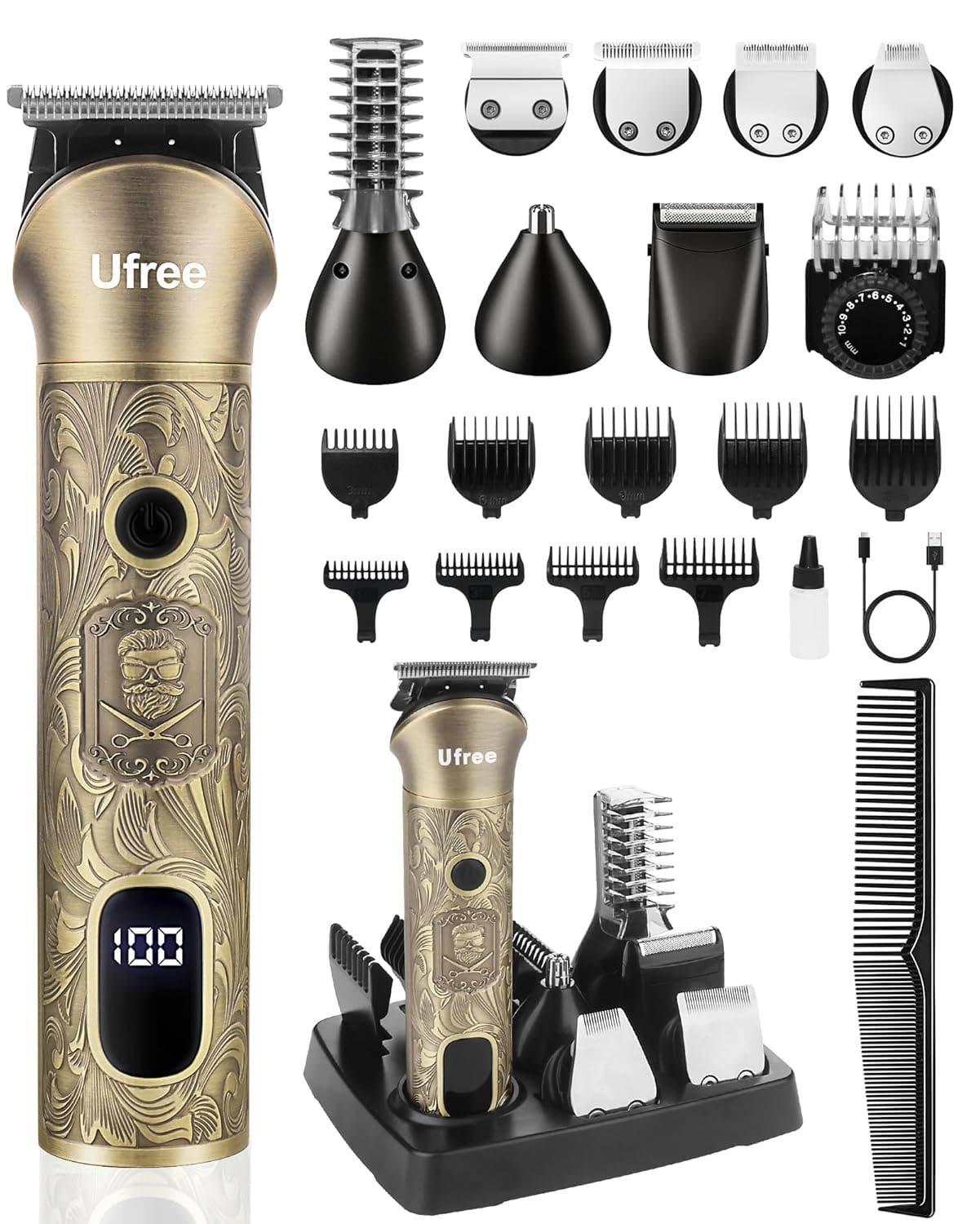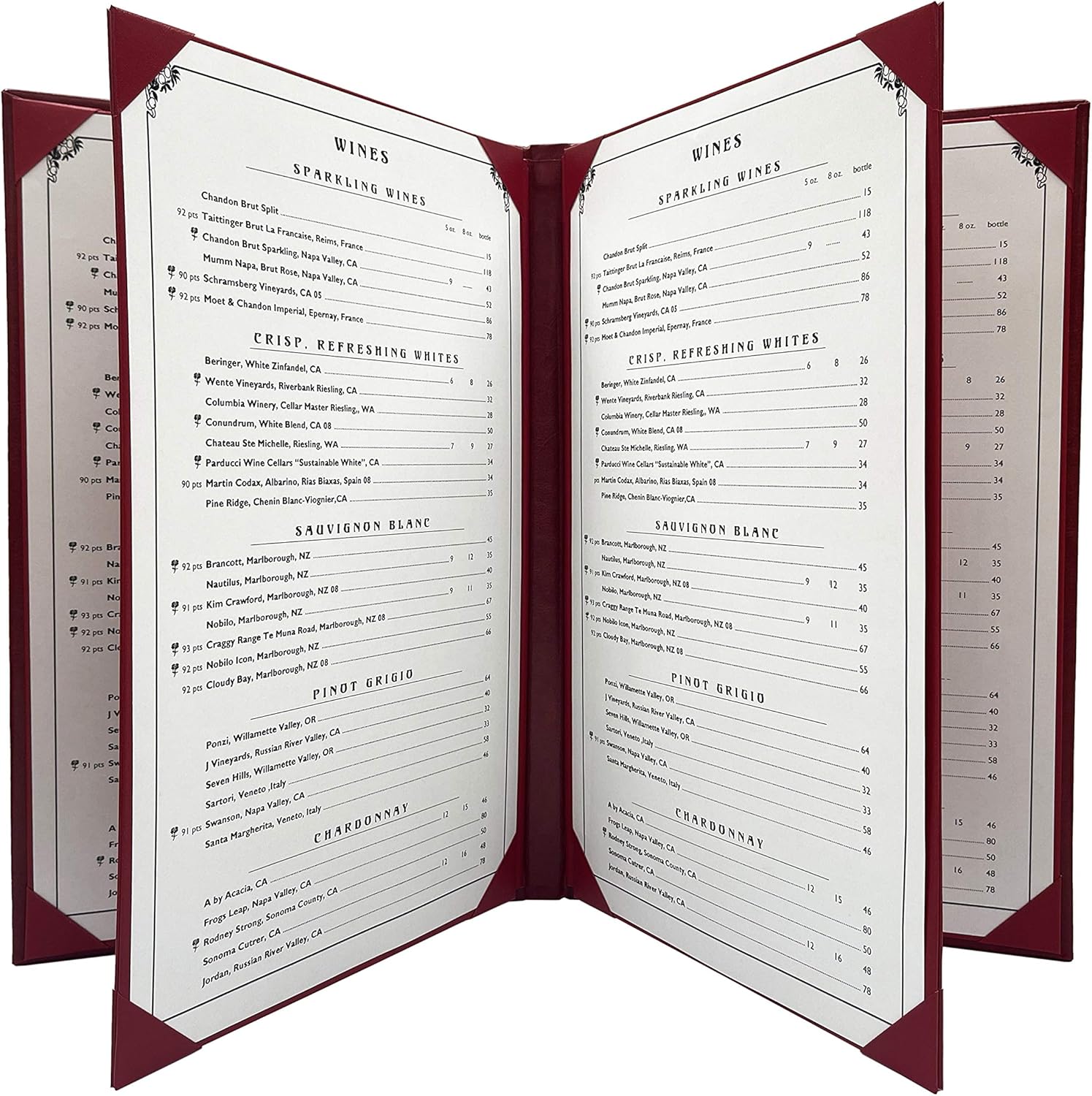(STL.News) Choosing the right pet insurance policy can feel overwhelming, especially with so many providers offering different levels of coverage and pricing. For many Australian pet owners, our furry companions are part of the family, and ensuring they receive the best medical care is a priority.
However, vet bills can quickly become expensive, particularly if your pet requires emergency treatment, surgery, or long-term medication. A well-chosen pet insurance policy can offer peace of mind and financial security, but not all policies are equal.
This guide will walk you through what to look for in the best pet insurance policy to suit your needs and protect your pet.
Understand the Types of Coverage
Pet insurance policies generally fall into three main categories:
- Accident-only cover: This is usually the most affordable option. It covers treatment for injuries caused by unexpected accidents, such as broken bones, bites, or car accidents. While useful, it does not provide cover for illnesses or long-term health conditions.
- Accident and illness cover: This level of cover includes treatment for accidents as well as illnesses such as cancer, infections, and hereditary conditions. It is a popular choice for most pet owners because it offers broader protection.
- Comprehensive or routine care cover: This combines accident and illness cover, plus additional benefits such as vaccinations, dental cleaning, microchipping, and flea or worm control. While premiums are higher, it can provide significant value if you regularly maintain preventive care.
Consider the Level of Benefits and Annual Limits
Each pet insurance policy sets a maximum amount you can claim in a year. Some insurers offer unlimited annual cover, while others cap claims at amounts ranging from a few thousand dollars to over twenty thousand dollars annually. When comparing policies, consider:
- The annual limit
- Sub-limits for specific treatments, such as dental procedures or alternative therapies
- Whether hereditary or chronic conditions are included
A policy with a high annual limit is beneficial if your pet develops a serious or long-term medical issue.
Check the Reimbursement Percentage and Excess
Pet insurance policies commonly reimburse between 70 and 90 per cent of your vet bill. The higher the reimbursement percentage, the more you receive back after treatment. You may also be able to adjust your excess, which is the amount you pay before the insurance kicks in. Choosing a higher excess can reduce your premium, but it also means paying more out of pocket when you file a claim.
Look for Waiting Periods
All pet insurance policies apply waiting periods from the date your cover begins. Accident cover usually has a short waiting period, often just a few days, but illnesses may have a waiting period of up to 30 days or more. Some conditions, such as cruciate ligament injuries, may have waiting periods of 6 months. If your pet already has symptoms when you apply, it may be considered a pre-existing condition and excluded from coverage.
Examine Exclusions and Restrictions
Before committing to a policy, carefully read the product disclosure statement (PDS). Look for common exclusions, such as:
- Pre-existing conditions
- Pregnancy and breeding costs
- Elective procedures
- Behavioural training
Understanding exclusions prevents surprise out-of-pocket costs when you need to make a claim.
Consider Lifetime Cover
Some cheaper policies may only cover your pet for a certain age, while others offer lifetime coverage as long as you renew each year. Lifetime cover is important if your pet develops a chronic illness, as it ensures the insurer continues to cover treatment for the condition in future years.
Compare Customer Reviews and Claims Process
A good policy is not only about coverage but also customer service. Look for an insurer known for quick claim approvals and clear communication. Reading reviews from other Australian pet owners can reveal insights into:
- How easy it is to lodge a claim
- Whether payouts are fast and hassle-free
- How the insurer handles disputes or questions
Conclusion
Finding the best pet insurance policy involves more than choosing the lowest premium. Instead, focus on what matters most to you and your pet: comprehensive cover, high annual limits, reasonable exclusions, and responsive customer service. Taking the time to compare policies and read the fine print will ensure that when unexpected vet bills arise, you are financially supported and your pet can receive the care they deserve.
By making the right choice, you can enjoy peace of mind knowing your pet’s health is protected throughout their life.
Read More at www.stl.news




















